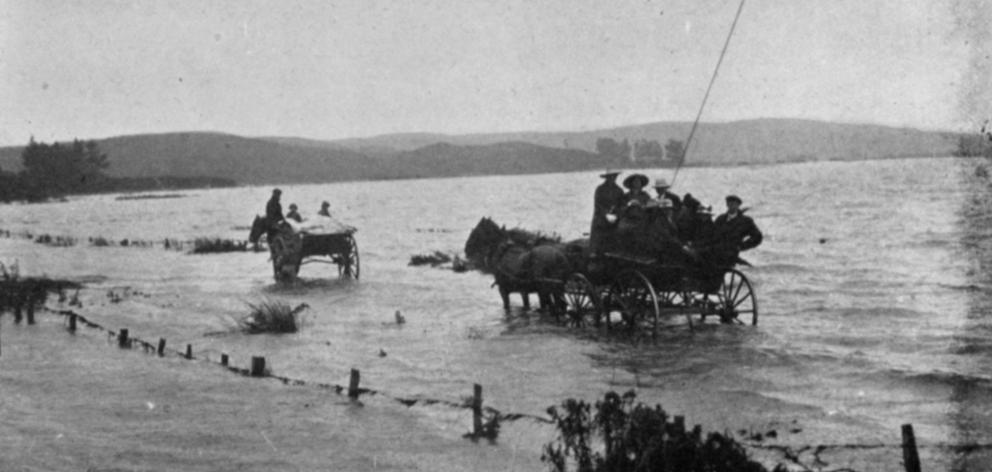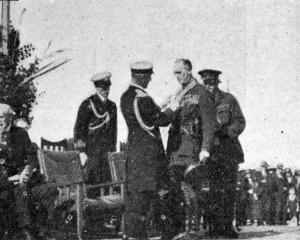
The work was extensive and he sought to complete it within an extremely short space of time and without interfering with the ordinary course of business in his shop. When a reporter walked into his shop on Friday evening ‘‘the sale’’ was at its height. The reporter returned yesterday, and could not help being greatly struck with the transformation which has been effected. One new department altogether has been created, and a sort of ‘‘general post’’ has been applied to the others, many of which have been improved by widening or by the provision of an entire set of new fixtures. The reduction of fixtures has been made available for patrons a space of 4ft wide and extending for a distance of 100ft throughout the building; the floor space of both the millinery and costume workrooms has been trebled; and a new ladies’ waiting room has been provided, with an entrance from the show room. The great bulk of this and a vast amount of other work was carried to completion between 10 p.m. on Friday and midnight on Saturday. Including the painters, close on 100 men were employed, and these men, who worked in relays, had their meals on the premises in order to save time. The rate of wages worked out at 5s 4d per minute, roughly speaking 135,000ft of timber was handled, while 10,000ft of new fixtures was fitted, many of these having been made beforehand and merely requiring to be fitted into their places.
Stirling bridge collapse
In places there is 3ft of water on the road on the Stirling-Kaitangata Flat. To add to the troubles of the Inchclutha farmers the traffic bridge connecting the island with Stirling broke on Saturday. Over a week ago a slight landslip occurred a yard or two below the bridge on the northern bank. This caused an eddy, which gradually worked out the bank under the bridge and scoured out the earth below the piles. After the damage sustained in the 1917 flood the piles at the northern end of the bridge were replaced with about 100 tons of concrete, and when the scouring action of last week had loosened the foundations of the piles the concrete slipped and this resulted in the end span becoming disconnected with the northern approach and wing walls. The end of the bridge fell into water, but by means of wire ropes it was raised and held fast. Arrangements were made so the pedestrians could cross the broken section on planks, and by this means the cans of milk are brought over to the dairy factory. The Bruce County Council is endeavouring to secure hardwood piles from the Harbour Board, but it will be sometime before the bridge is available for horse or vehicular traffic.
Fish trapped in dock
A large catch of trevalli was made at Port Chalmers yesterday in a very simple manner. When the trawler Express was being taken into dock she was followed in by many hundred trevalli, and as the water was pumped out a very animated scene was witnessed, a large number of men and boys scooping the fish out with their hands or any other suitable article they could get hold of. One of the primitive fisherman stated that well over 1000 fish were taken from the dock. — ODT, 11.2.1919
• COPIES OF PICTURE AVAILABLE FROM ODT FRONT OFFICE, LOWER STUART ST, OR WWW.OTAGOIMAGES.CO.NZ












